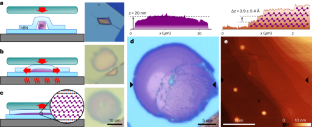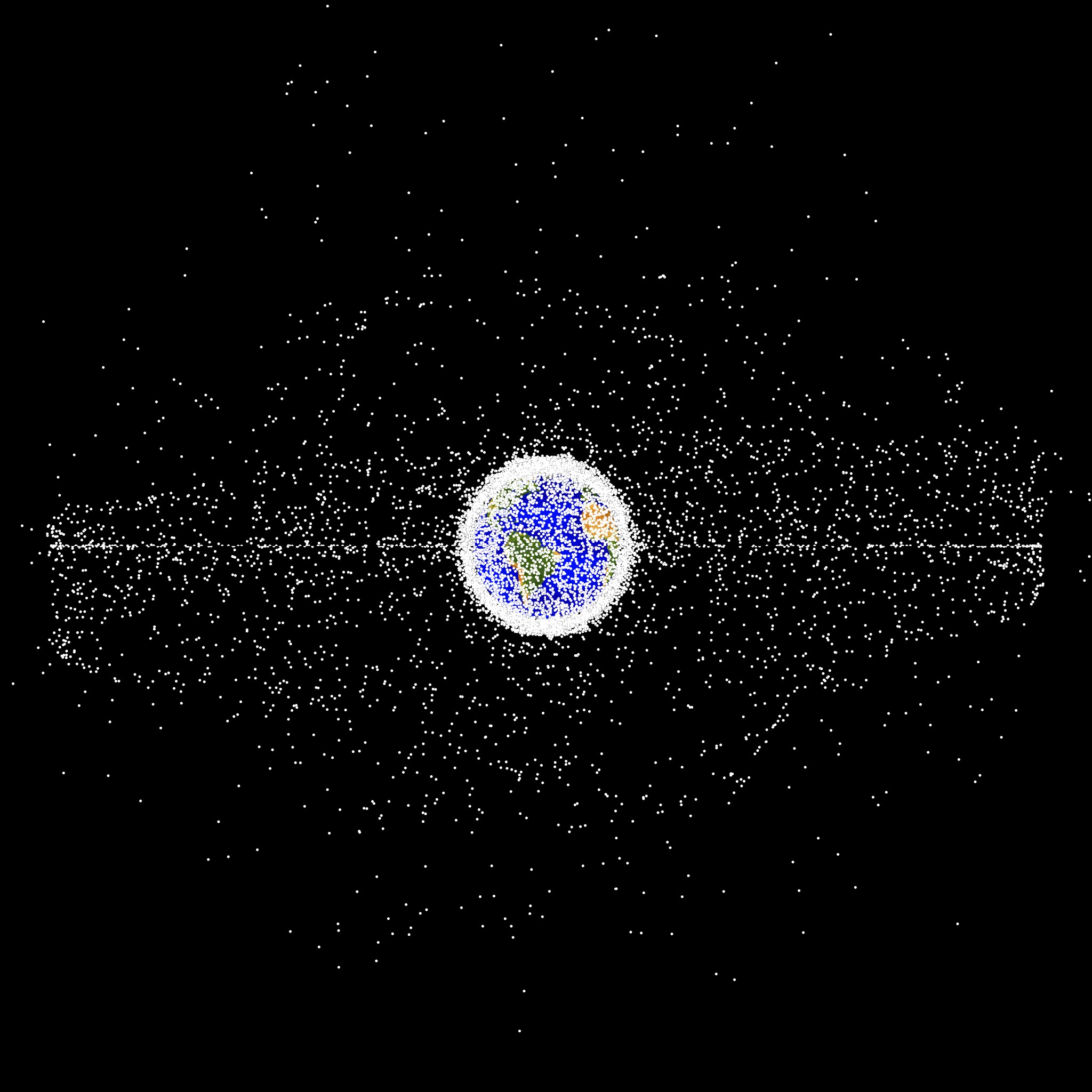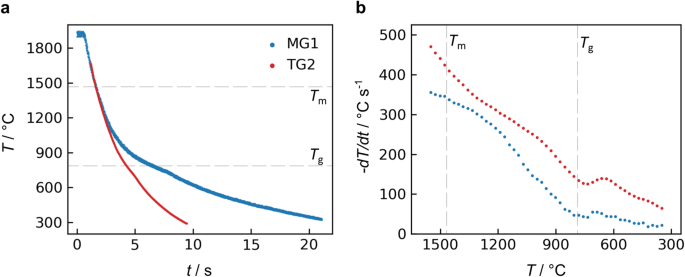2024-05-21 カリフォルニア大学校アーバイン校(UCI)
◆研究により、ビスマスが電気を流すと磁気を帯びる特別な電子状態が確認され、ナノメートル単位の薄い結晶で量子振動が初めて観察されました。新しい製造方法は、圧縮と注入成形技術を利用し、他の材料にも応用可能です。チームはこの技術を使い、将来の柔軟な電子回路の開発を目指しています。
<関連情報>
- https://news.uci.edu/2024/05/21/new-crystal-production-method-could-enhance-quantum-computers-and-electronics/
- https://www.nature.com/articles/s41563-024-01894-0
ファンデルワールス物質内で成長させた薄いビスマス結晶で、卓越した電子輸送と量子振動を発見 Exceptional electronic transport and quantum oscillations in thin bismuth crystals grown inside van der Waals materials
Laisi Chen,Amy X. Wu,Naol Tulu,Joshua Wang,Adrian Juanson,Kenji Watanabe,Takashi Taniguchi,Michael T. Pettes,Marshall A. Campbell,Mingjie Xu,Chaitanya A. Gadre,Yinong Zhou,Hangman Chen,Penghui Cao,Luis A. Jauregui,Ruqian Wu,Xiaoqing Pan & Javier D. Sanchez-Yamagishi
Nature Materials Published:13 May 2024
DOI:https://doi.org/10.1038/s41563-024-01894-0

Abstract
Confining materials to two-dimensional forms changes the behaviour of the electrons and enables the creation of new devices. However, most materials are challenging to produce as uniform, thin crystals. Here we present a synthesis approach where thin crystals are grown in a nanoscale mould defined by atomically flat van der Waals (vdW) materials. By heating and compressing bismuth in a vdW mould made of hexagonal boron nitride, we grow ultraflat bismuth crystals less than 10 nm thick. Due to quantum confinement, the bismuth bulk states are gapped, isolating intrinsic Rashba surface states for transport studies. The vdW-moulded bismuth shows exceptional electronic transport, enabling the observation of Shubnikov–de Haas quantum oscillations originating from the (111) surface state Landau levels. By measuring the gate-dependent magnetoresistance, we observe multi-carrier quantum oscillations and Landau level splitting, with features originating from both the top and bottom surfaces. Our vdW mould growth technique establishes a platform for electronic studies and control of bismuth’s Rashba surface states and topological boundary modes1,2,3. Beyond bismuth, the vdW-moulding approach provides a low-cost way to synthesize ultrathin crystals and directly integrate them into a vdW heterostructure.



